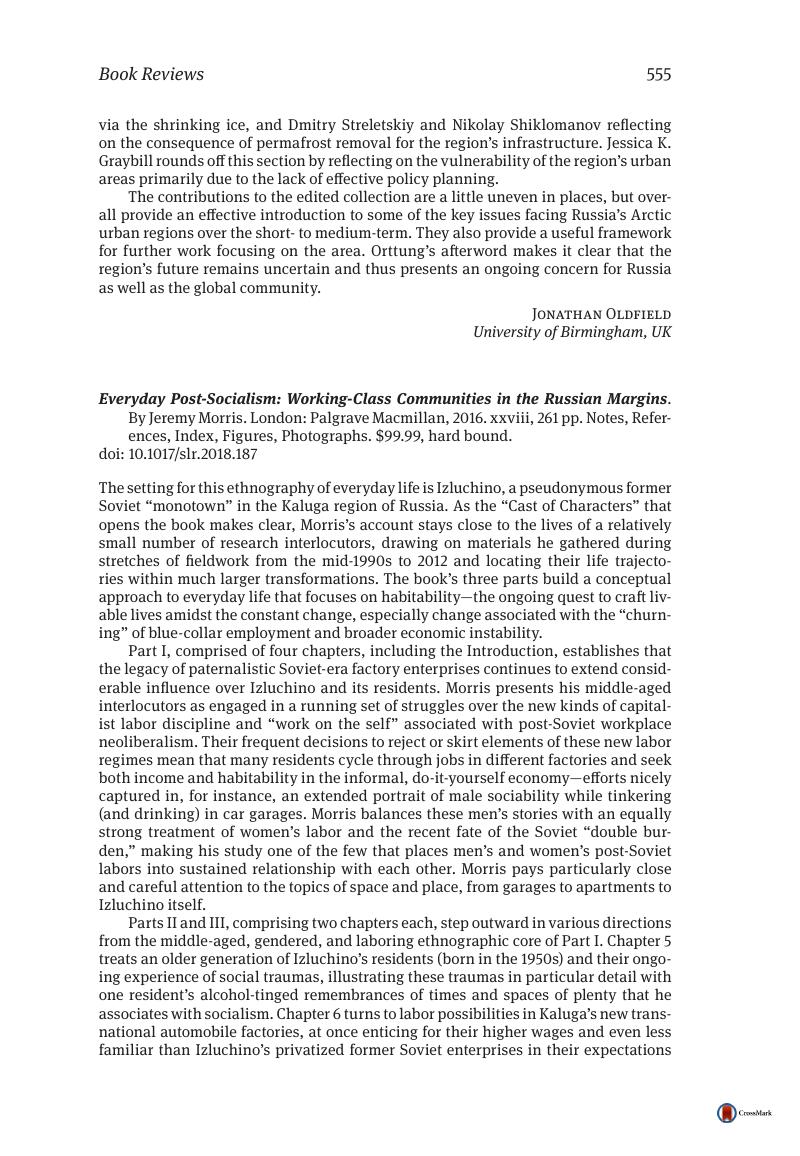Crossref Citations
This article has been cited by the following publications. This list is generated based on data provided by Crossref.
Polese, Abel
Moisé, Gian Marco
Tokyzhanova, Talshyn
Aguzzi, Tommaso
Kerikmäe, Tanel
Sagynbaeva, Ainoura
Sauka, Arnis
and
Seliverstova, Oleksandra
2023.
Informality versus shadow economy: reflecting on the first results of a manager’s survey in Kyrgyzstan.
Central Asian Survey,
Vol. 42,
Issue. 1,
p.
149.



